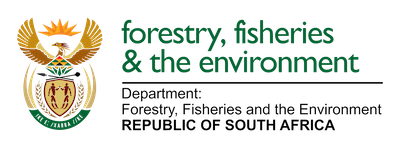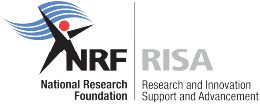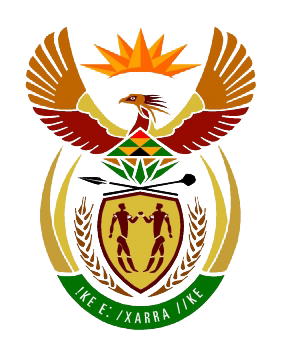
by Ria Olivier | Feb 27, 2024 | Oceanography, Research, SANAP, SANAP Student, South Atlantic, Southern Ocean, Uncategorised

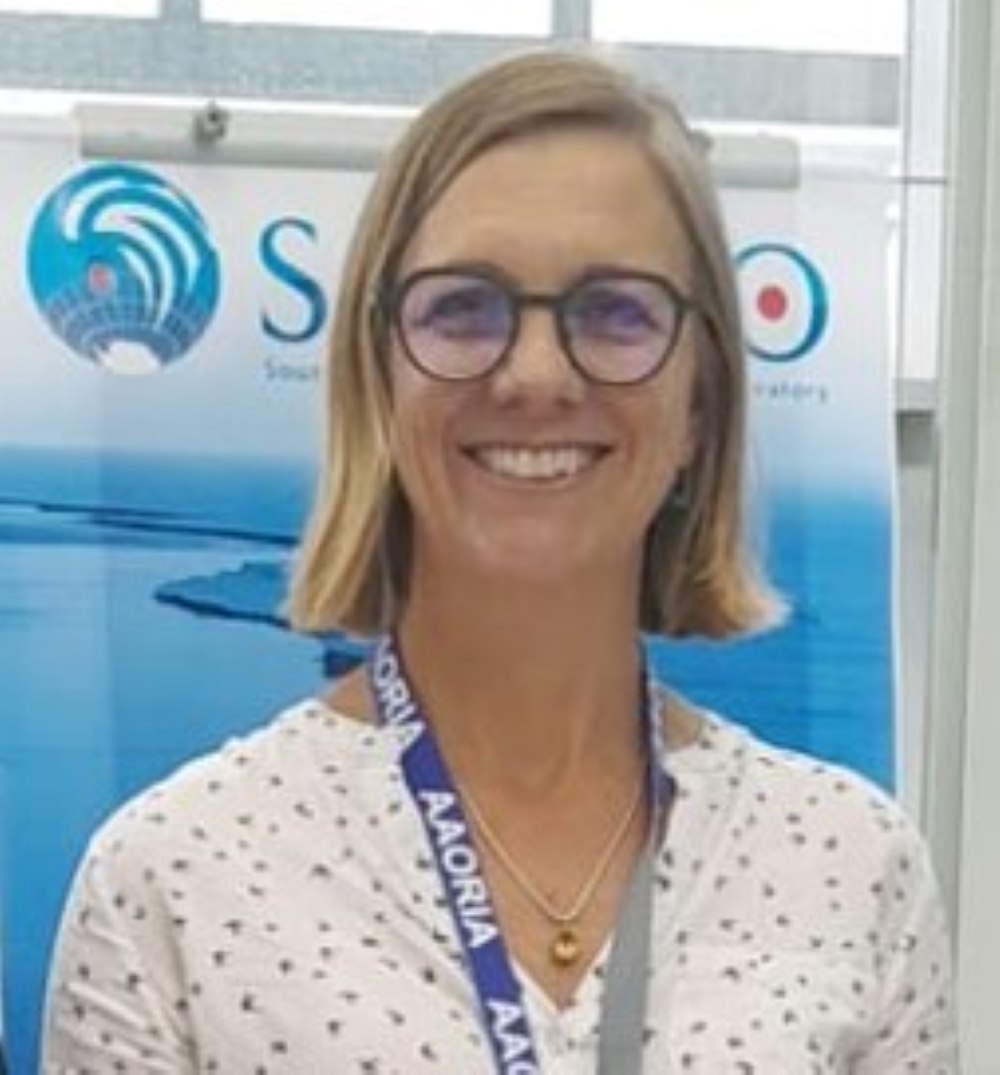
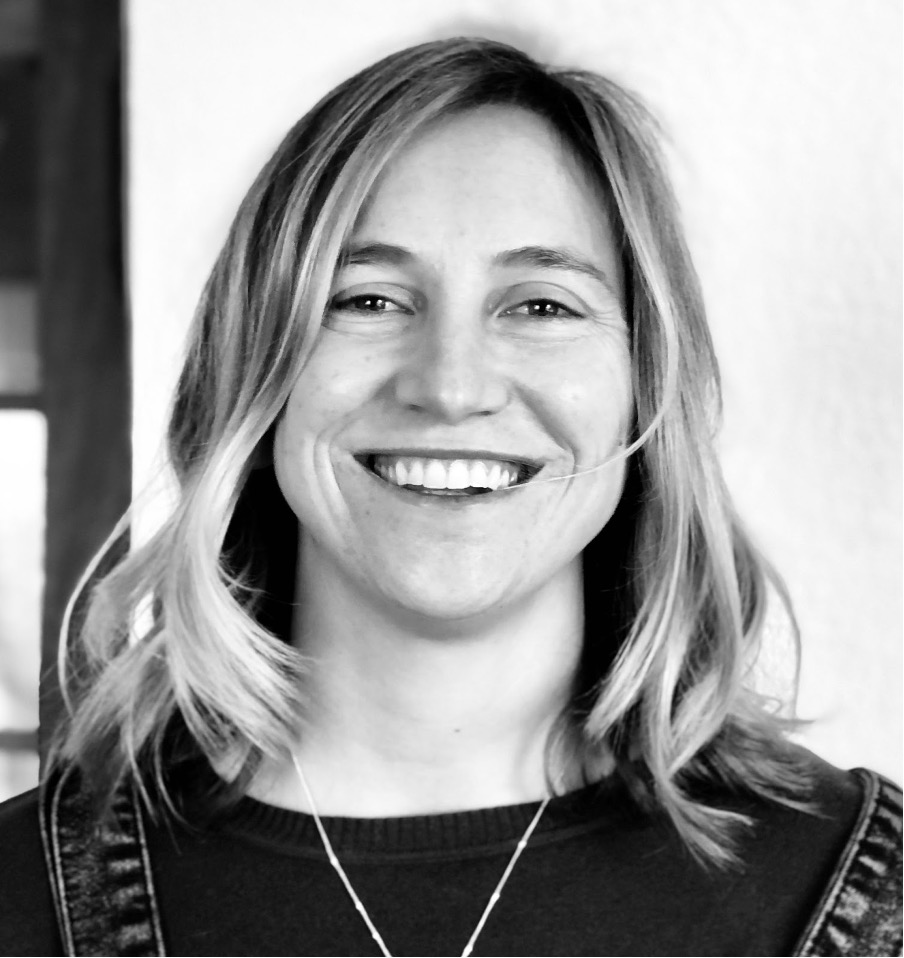 The second session within the Marine and Antarctic Research Strategy research theme : Oceans and marine ecosystems under global change was chaired by Sandy Thomalla and Sarah Nicholson from Southern Ocean Carbon- Climate Observatory (SOCCO). The session title, “The Southern Ocean’s sensitivity to a changing climate: insights from a seasonal cycle approach” were presented through oral presentations and e-posters from SOCCO. (Left Sandy Thomalla, Right Sarah Nicholson, above SOCCO group photo)
The second session within the Marine and Antarctic Research Strategy research theme : Oceans and marine ecosystems under global change was chaired by Sandy Thomalla and Sarah Nicholson from Southern Ocean Carbon- Climate Observatory (SOCCO). The session title, “The Southern Ocean’s sensitivity to a changing climate: insights from a seasonal cycle approach” were presented through oral presentations and e-posters from SOCCO. (Left Sandy Thomalla, Right Sarah Nicholson, above SOCCO group photo)
 Above (l-r): Tesha Toolsee, Tommy Ryan-Keogh, Thapelo Ramalepe, Thato Mtshali.
Above (l-r): Tesha Toolsee, Tommy Ryan-Keogh, Thapelo Ramalepe, Thato Mtshali.
- Sarah Nicholson: The impact of storms on CO2 and heat exchange across the Southern Ocean.
- Tesha Toolsee: The complex role of storms in modulating intra-seasonal air-sea CO2 fluxes in the sub-Antarctic Southern Ocean.
- Sandy Thomalla: Trends in Southern Ocean Phytoplankton bloom phenology.
- Sifiso Mpapane: Understanding photo acclimation effects on Chl:C ratio in the Southern Ocean: modelling considerations and insights into seasonal assemblage composition. (E-poster)
- Tommy Ryan-Keogh: Multi-decadal trend of increasing iron stress in the Southern Ocean phytoplankton.
- Thapelo Ramalepe: Exploring the seasonal processes governing manganese supply in the Southern Ocean.
- Thato Mtshali: Winter-time distributions and dissolved iron mixed layer budget in the south Atlantic sector of the Southern Ocean.
- Miranda Sitofile: Investigating seasonal variability of dissolved iron in the South Atlantic sector of the Southern Ocean: Insights from the winter and spring SCALE 2019 cruises. (e-poster)
- Lillina Ruiters: Variability of phytoplankton photo physiology in the Southern Ocean: an analysis of assumptions and uncertainties. (e-poster)
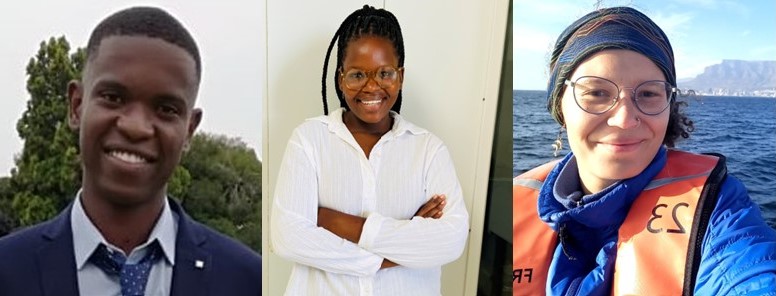 Above(l-r): Sifiso Mpapane, Miranda Sitofile, Lillina Ruiters
Above(l-r): Sifiso Mpapane, Miranda Sitofile, Lillina Ruiters

by Ria Olivier | Feb 22, 2024 | Biosecurity, Ecology, Invasion Biology, Marion Island, Research, SANAP, SANAP Student, Uncategorised
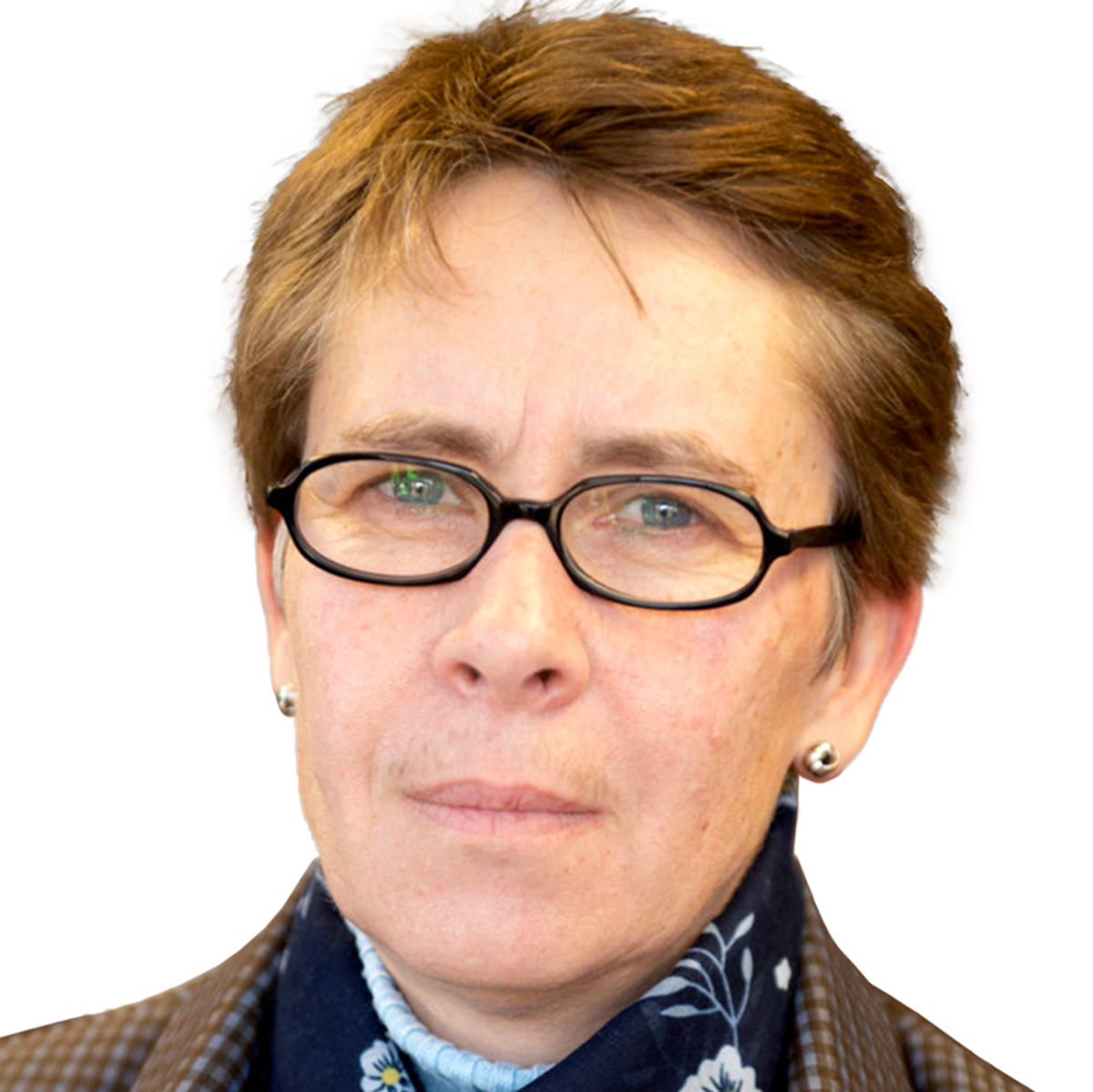
 Prof Bettine Jansen van Vuuren (left) chaired the session of Ecosystems, Biodiversity and Biodiscovery with the first plenary talk of the symposium by Peter Convey(right) of the British Antarctic Survey ” Terrestrial biological invasions and their potential impacts in the maritime Antarctic”. (Abstract) Peter Convey discussed that there are around 15 species of non-native plants and invertebrates currently known to be established in the maritime Antarctic . He further emphasize that effective biosecurity measures are required to ensure that further human-assisted transfer both on Signy Island and beyond is avoided. Prof Bettine Jansen van Vuuren chaired the session of Ecosystems, Biodiversity and Biodiscovery.
Prof Bettine Jansen van Vuuren (left) chaired the session of Ecosystems, Biodiversity and Biodiscovery with the first plenary talk of the symposium by Peter Convey(right) of the British Antarctic Survey ” Terrestrial biological invasions and their potential impacts in the maritime Antarctic”. (Abstract) Peter Convey discussed that there are around 15 species of non-native plants and invertebrates currently known to be established in the maritime Antarctic . He further emphasize that effective biosecurity measures are required to ensure that further human-assisted transfer both on Signy Island and beyond is avoided. Prof Bettine Jansen van Vuuren chaired the session of Ecosystems, Biodiversity and Biodiscovery.
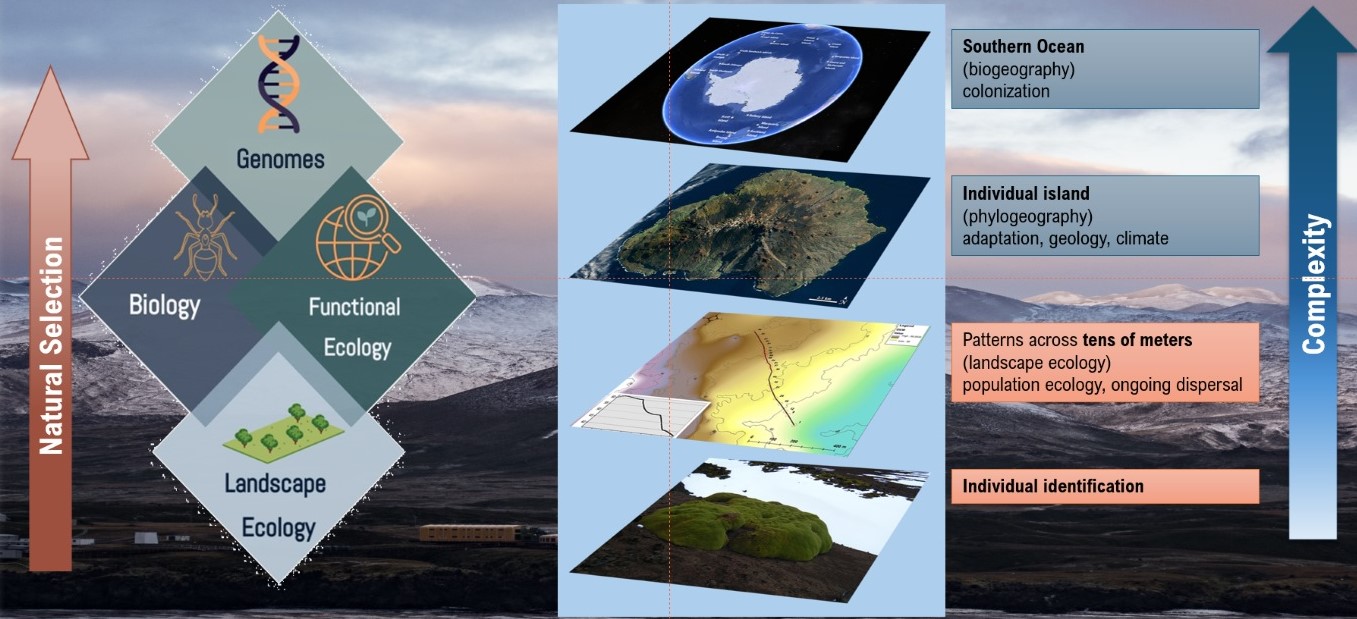 Bettine gave an overview of research that included research done by Daniela and Shilpha as they could not attend as they were on Marion Island. Foregrounding geodiversity in landscape ecology studies: insights from the sub-Antarctic – Daniela Monsanto (Abstract) Detecting signals of adaptive selection of an invasive springtail on sub-Antarctic Marion Island – Shilpha Parbhu (Abstract)
Bettine gave an overview of research that included research done by Daniela and Shilpha as they could not attend as they were on Marion Island. Foregrounding geodiversity in landscape ecology studies: insights from the sub-Antarctic – Daniela Monsanto (Abstract) Detecting signals of adaptive selection of an invasive springtail on sub-Antarctic Marion Island – Shilpha Parbhu (Abstract)
 Daniela Monsanto, Shilpa Parbhu, Sandra Durand, Arsalan Emami-Khoyi, Peter Teske, David Hedding
Daniela Monsanto, Shilpa Parbhu, Sandra Durand, Arsalan Emami-Khoyi, Peter Teske, David Hedding
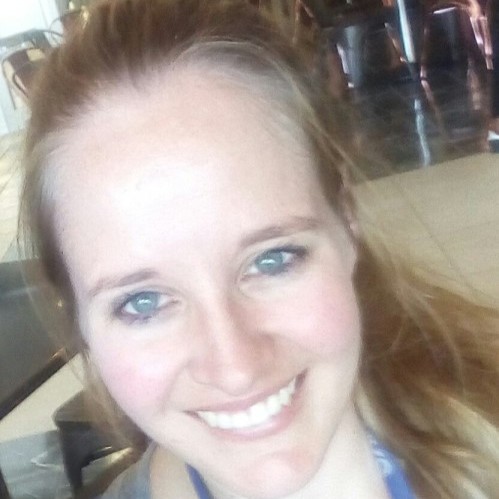 Morgan Raath-Kruger(left) and student of Peter le Roux at University of Pretoria gave an oral presentation and an introduction to her poster.
Morgan Raath-Kruger(left) and student of Peter le Roux at University of Pretoria gave an oral presentation and an introduction to her poster.
- Long-term spatially-replicated data show no physical cost to a benefactor species in a facilitative plant–plant interaction. (Abstract)
- Do anisotropic processes influence fine-scale spatial genetic structure of a keystone sub-Antarctic plant species? (Abstract)
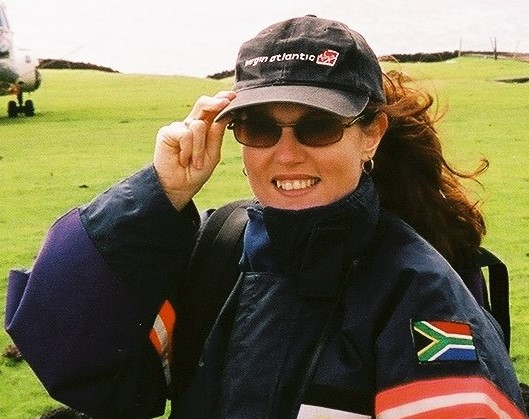 Another abstract submitted but Carol Jacobs(right) could not present is on the biosecurity within the South African National Antarctic Programme. (Abstract)https://alp.lib.sun.ac.za/handle/123456789/29301
Another abstract submitted but Carol Jacobs(right) could not present is on the biosecurity within the South African National Antarctic Programme. (Abstract)https://alp.lib.sun.ac.za/handle/123456789/29301
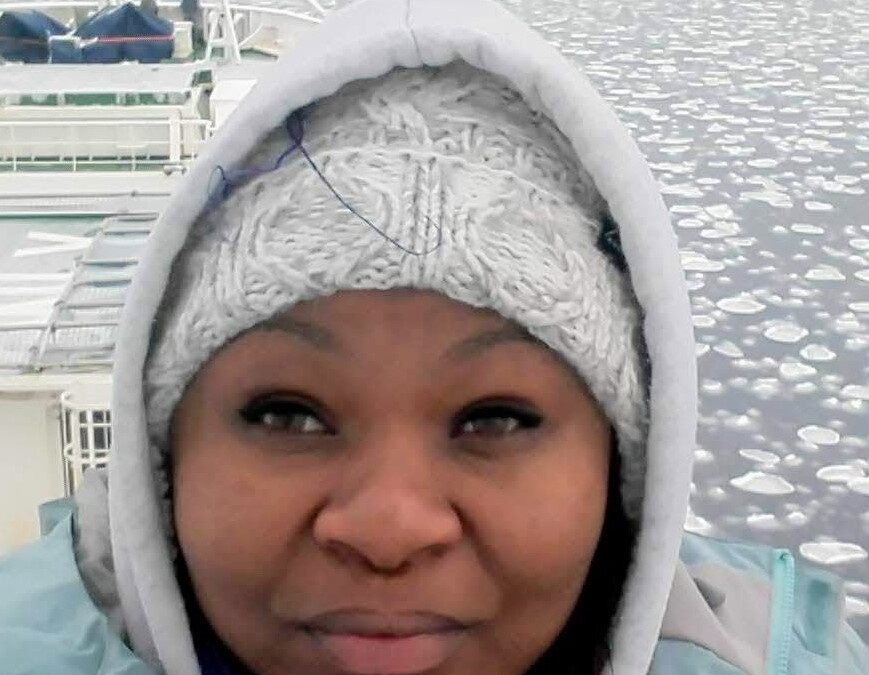
by Ria Olivier | Feb 19, 2024 | Oceanography, Research, SANAP, SANAP Student, Science, Southern Ocean, Uncategorised
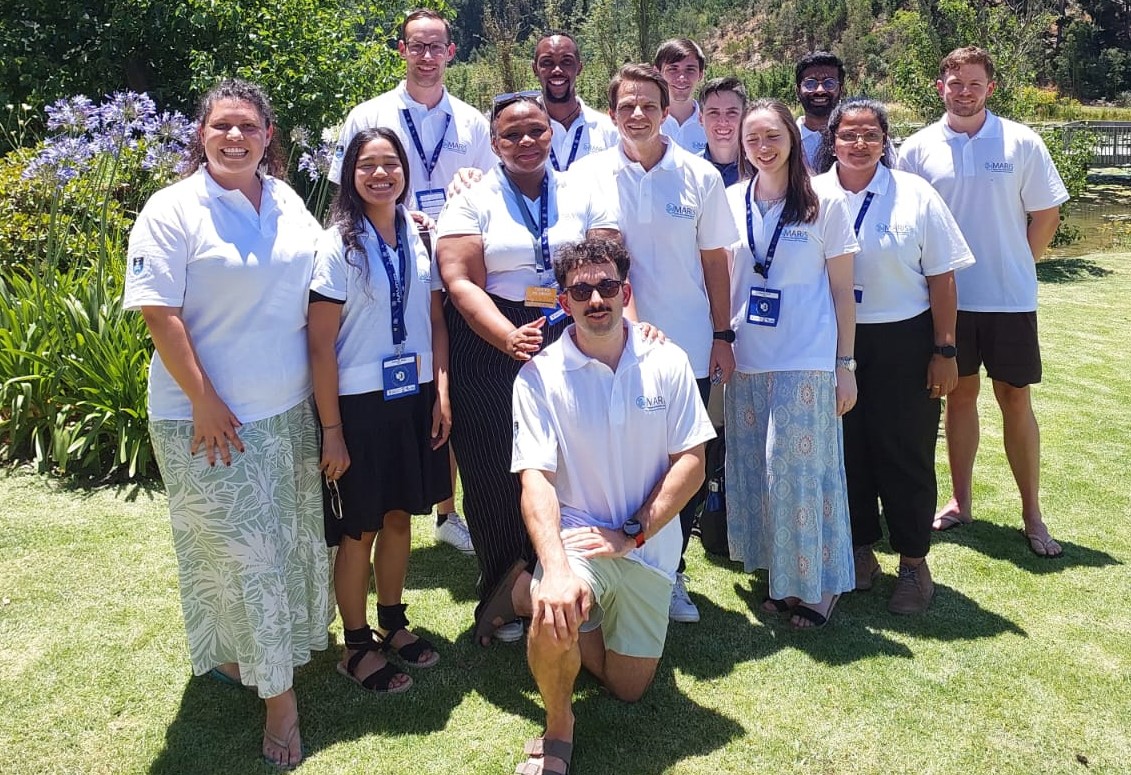 MARIS started the first session on Southern Ocean research within SANAP with focus on SEA ICE. Above: Rutger Marquart, Magata Mangatane, Dylan White, Anand Nair, Wayne de Jager, Leila Nefdt, Safiyyah Moos, Tokoloho Rampai, Marcello Vichi, Robyn Verrinder, Hayley Swait, Riesna Audh, James van Niekerk. (Photo Credit: MARIS)
MARIS started the first session on Southern Ocean research within SANAP with focus on SEA ICE. Above: Rutger Marquart, Magata Mangatane, Dylan White, Anand Nair, Wayne de Jager, Leila Nefdt, Safiyyah Moos, Tokoloho Rampai, Marcello Vichi, Robyn Verrinder, Hayley Swait, Riesna Audh, James van Niekerk. (Photo Credit: MARIS)
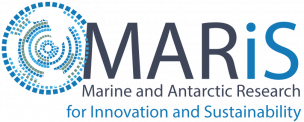

The first ocean session covered the Antarctic sea ice research field led by the Sea Ice Team from the Marine and Antarctic Research for Innovation and Sustainability (MARiS). The research themes covered in this session were innovation and development, oceans and marine eco-systems under global change and earth systems observations. The presentations and posters under these research theme covered a diverse range of projects from large-scale sea ice observations, tracking and measurements to the small-scale sea ice dynamics, properties and biogeochemistry. Antarctic sea ice research has received a comparatively limited focus compared to its Arctic counterpart. The MARiS sea ice team is constituted of the departments of Oceanography, Electrical and Chemical Engineering at the University of Cape Town, with projects aimed to contribute new insights and push the boundaries within this research domain. The presentation within this session were on a variety of earth system observations models, simulations of sea ice wave interactions, innovative tool development for lab-based experiments and field-based work investigating sea ice dynamics and properties and the ecological impacts of algae and their biogeochemical significance. The session under the MARS theme; Oceans and marine ecosystems under global change was chaired by Principal investigator Tokoloho Rampai and it included an overview of Maris by Robyn Verrinder. The session was done in round table fashion and included posters and oral presentations. Tokoloho concluded the session with a closing statement
 Oral presentations:
Oral presentations:
- Robyn Verrinder – Overview of MARIS.
- Rutger Marquart – Numerical modelling of sea ice dynamics and thermodynamics in the Antarctic marginal ice zone. (abstract)
- Anand Nair – Three-Dimensional Computational Fluid Dynamics Modelling of Pancake Ice on Waves. (abstract)
- Safiyyah Moos – Investigating the dynamics and exchanges across the ice-ocean interface in artificial sea ice. (abstract)
- Hayley Swait – Investigating Brine and Air Porosity in Sea Ice from the Eastern Antarctic Marginal Ice Zone. (abstract)
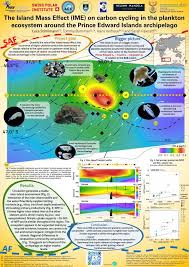 Poster Presentations were displayed in the venue during the symposium and presenters gave a quick introduction to their posters during the round-table session.
Poster Presentations were displayed in the venue during the symposium and presenters gave a quick introduction to their posters during the round-table session.
- Wayne De Jager – Sub-daily Antarctic sea-ice variability estimates using swath-based retrieval methods. (abstract)
- Dylan White – Discussion on the Premise of, and Challenges in, the Development of a Ship-Based Radar System for the in-situ Measurement of Sea Ice Thickness. (abstract)
- Magata Mangatane – Antarctic sea-ice thickness reconstruction. (abstract)
- Marcello Vichi – Wind- and wave-driven free-drift dynamics in Antarctic Sea ice.(abstract)
- Tokoloho Rampai – Sea ice growth dynamics and their influence on the physical, structural and mechanical properties-A discussion on innovation in in situ testing. (abstract)
- James van Niekerk – Investigation of the Interactions Between Sea Ice Algae from the Marginal Ice Zone of Antarctica and Artificial Sea Ice. (abstract)
- Riesna Audh – Winter biogeochemical activity is enhanced by rafting in growing Antarctic Sea ice. (abstract)
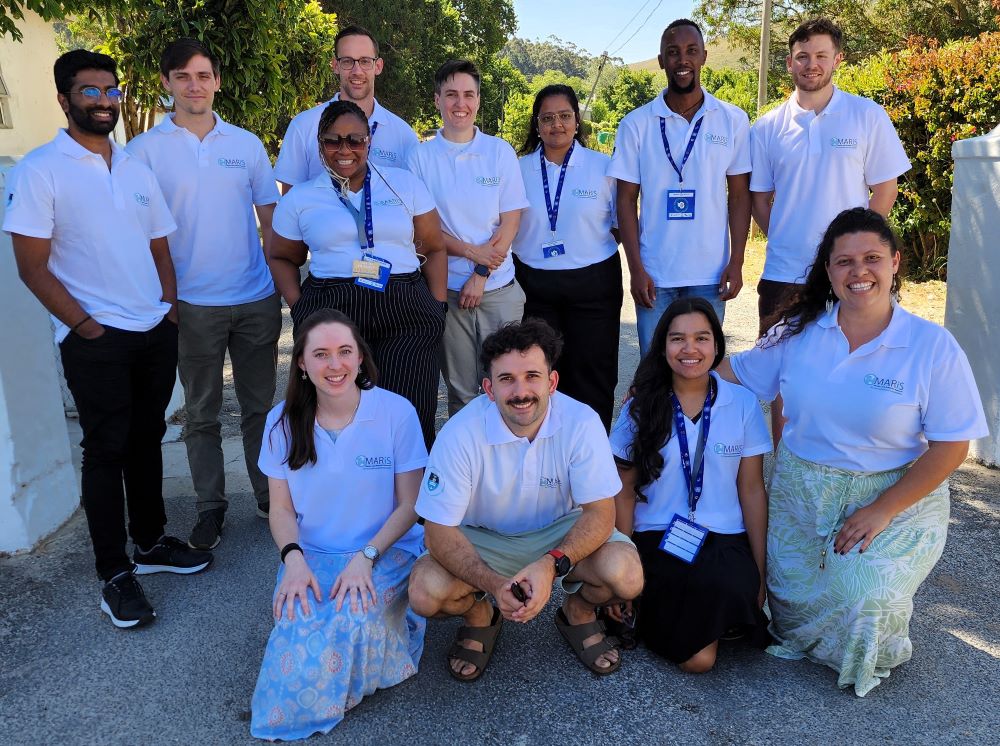
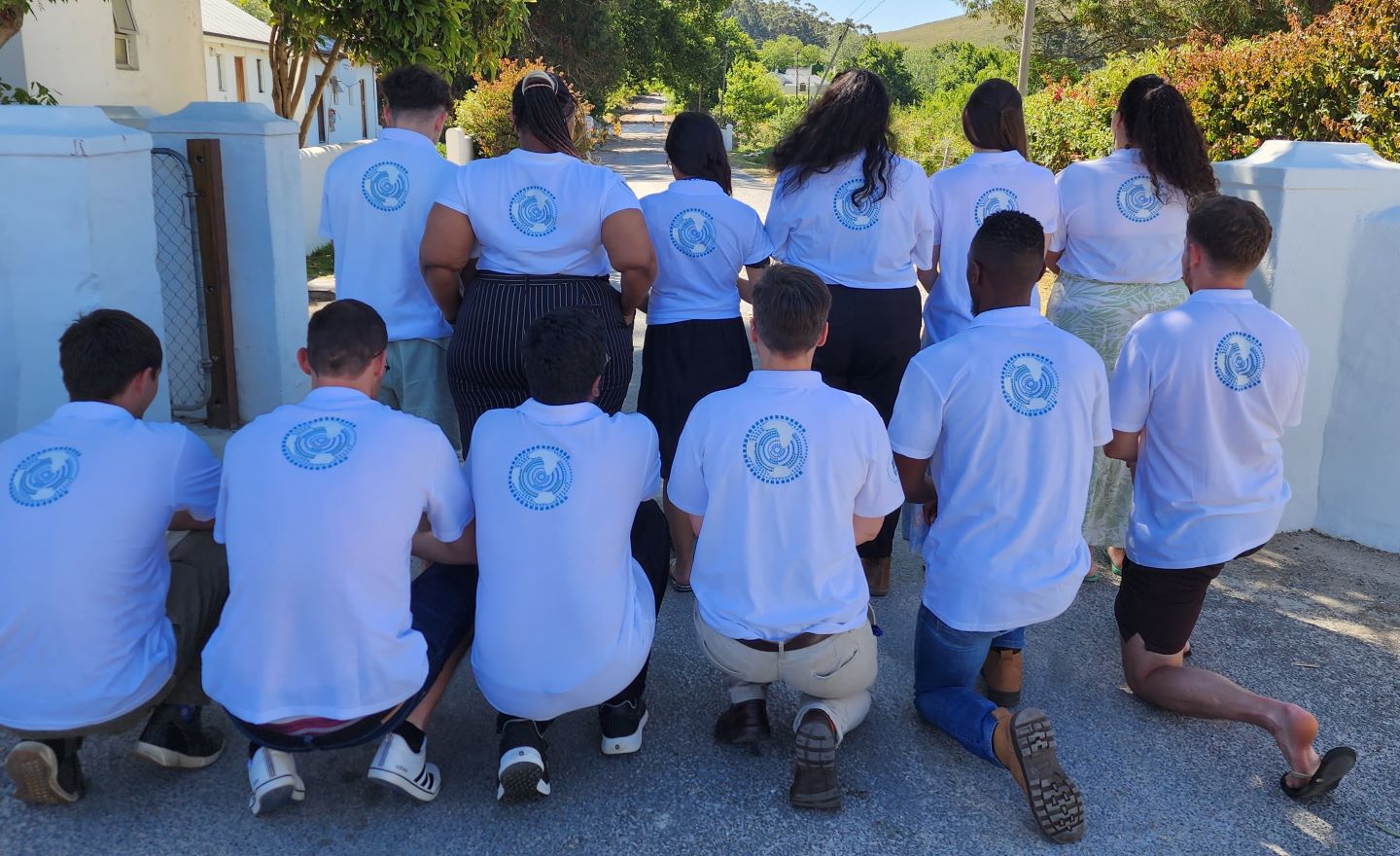
After the session the group took pictures (Credit: Leila Nefdt)
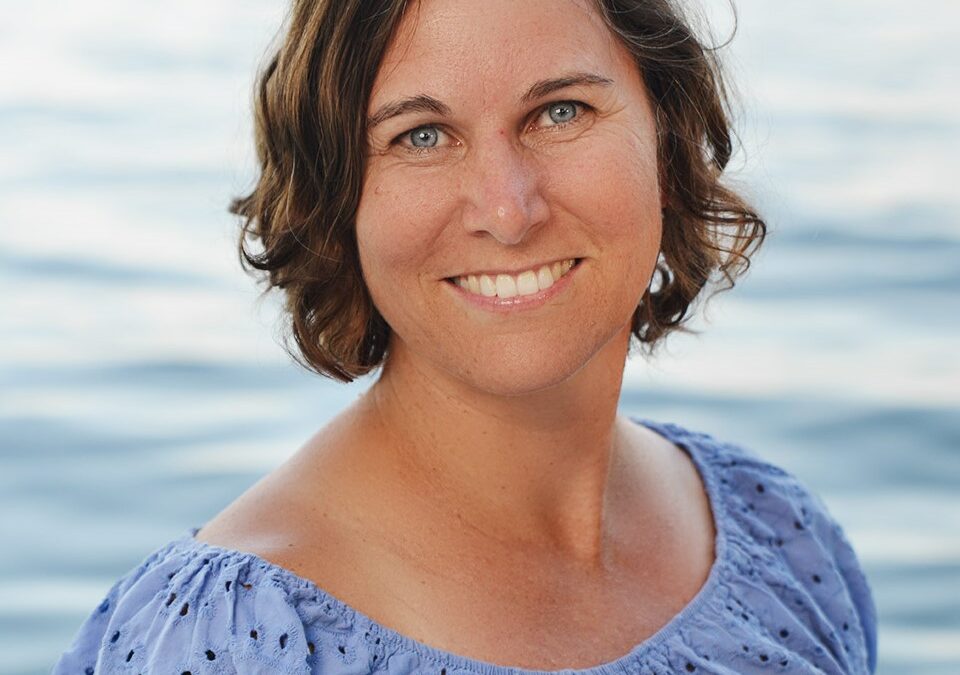
by Ria Olivier | Feb 16, 2024 | Data Management, Marion Island, Prince Edward Island, Research, SA Agulhas II, Science, Uncategorised
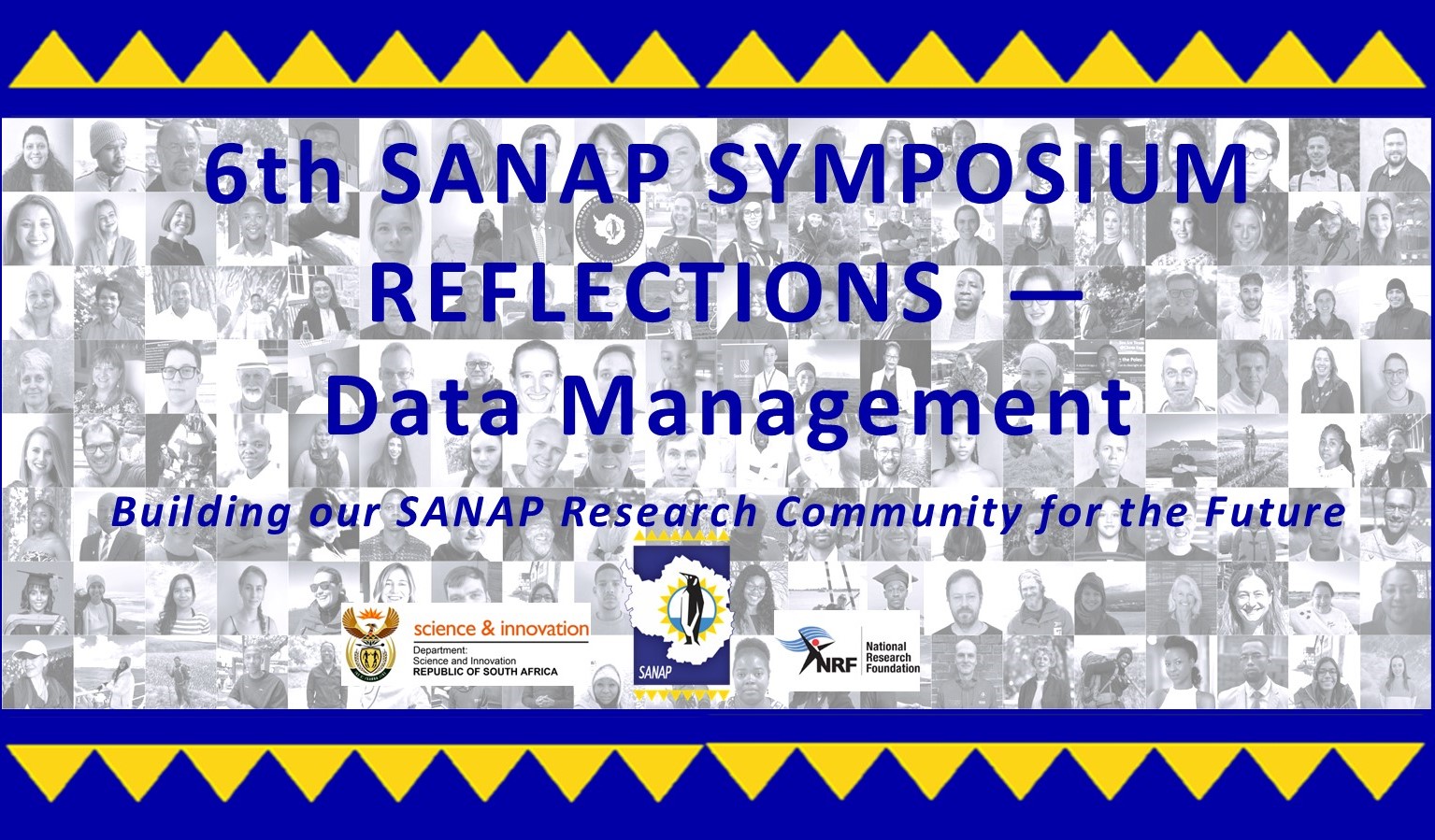 During the 6th Symposium sessions were allocated to cross cutting disciplines and it led to great presentations and discussions. 12- 16 February is International Love Data Week with the theme “My Kind of Data” and this is about the data presentations at the SANAP Symposium “the SANAP community kind of data.”
During the 6th Symposium sessions were allocated to cross cutting disciplines and it led to great presentations and discussions. 12- 16 February is International Love Data Week with the theme “My Kind of Data” and this is about the data presentations at the SANAP Symposium “the SANAP community kind of data.”
Data Management
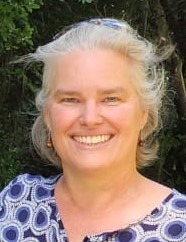 Anne Treasure(right) South Africa’s representative at Standing Committee on Data Management(SCADM) at SCAR and Data Products and Society Manager of the South African Polar Institute(SAPRI) chaired the main session on data management. This session included very interesting presentations from various science disciplines.
Anne Treasure(right) South Africa’s representative at Standing Committee on Data Management(SCADM) at SCAR and Data Products and Society Manager of the South African Polar Institute(SAPRI) chaired the main session on data management. This session included very interesting presentations from various science disciplines.
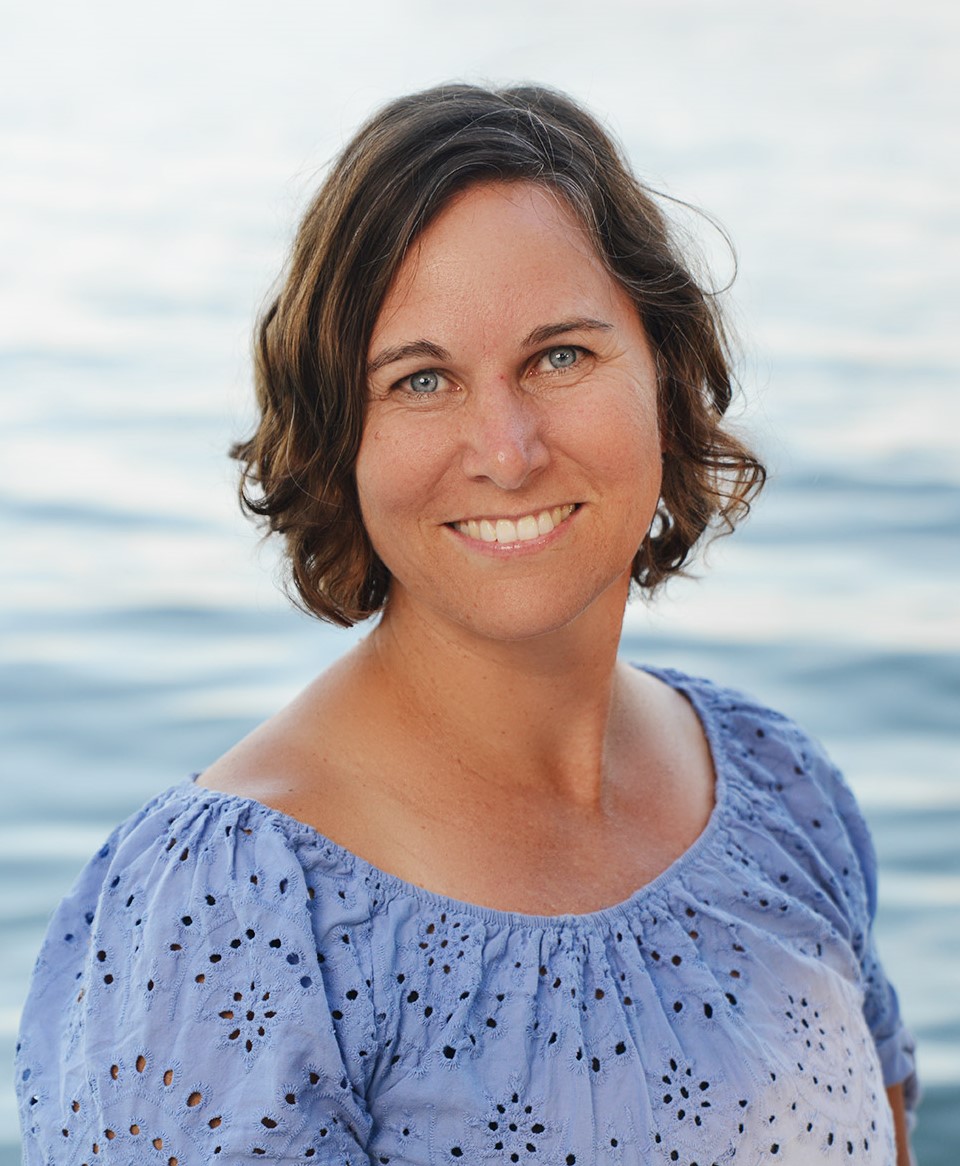
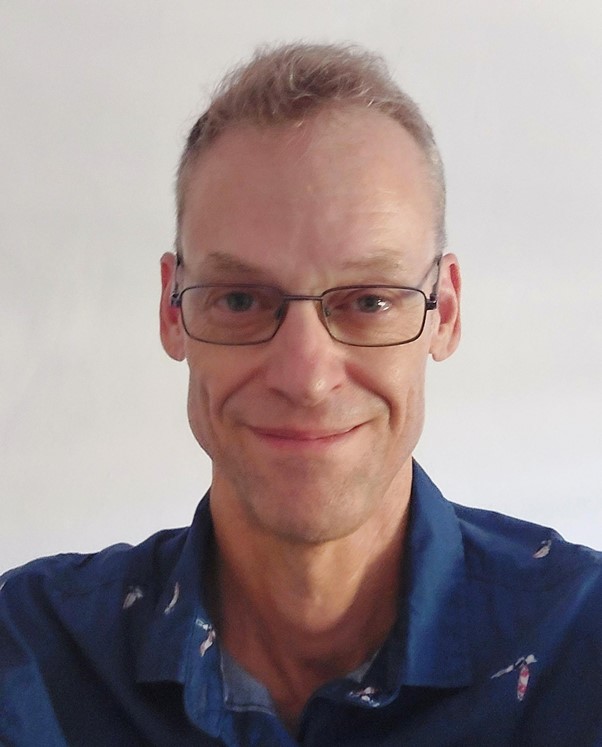

Above(l-r): Leigh McGaughey, JP Barnard, Bjorn Boyes
- First Presentation was by Leigh McGaughey on “Ecosystem modelling to explore ecosystem dynamics at the Prince Edward Islands.” (abstract)
- Data management with JP Barnard delivering a presentation on “Management of Recorded Voyage Data for the SA Agulhas II.” and discuss intricate models to ensure vessel data is manage correctly. (Abstract)
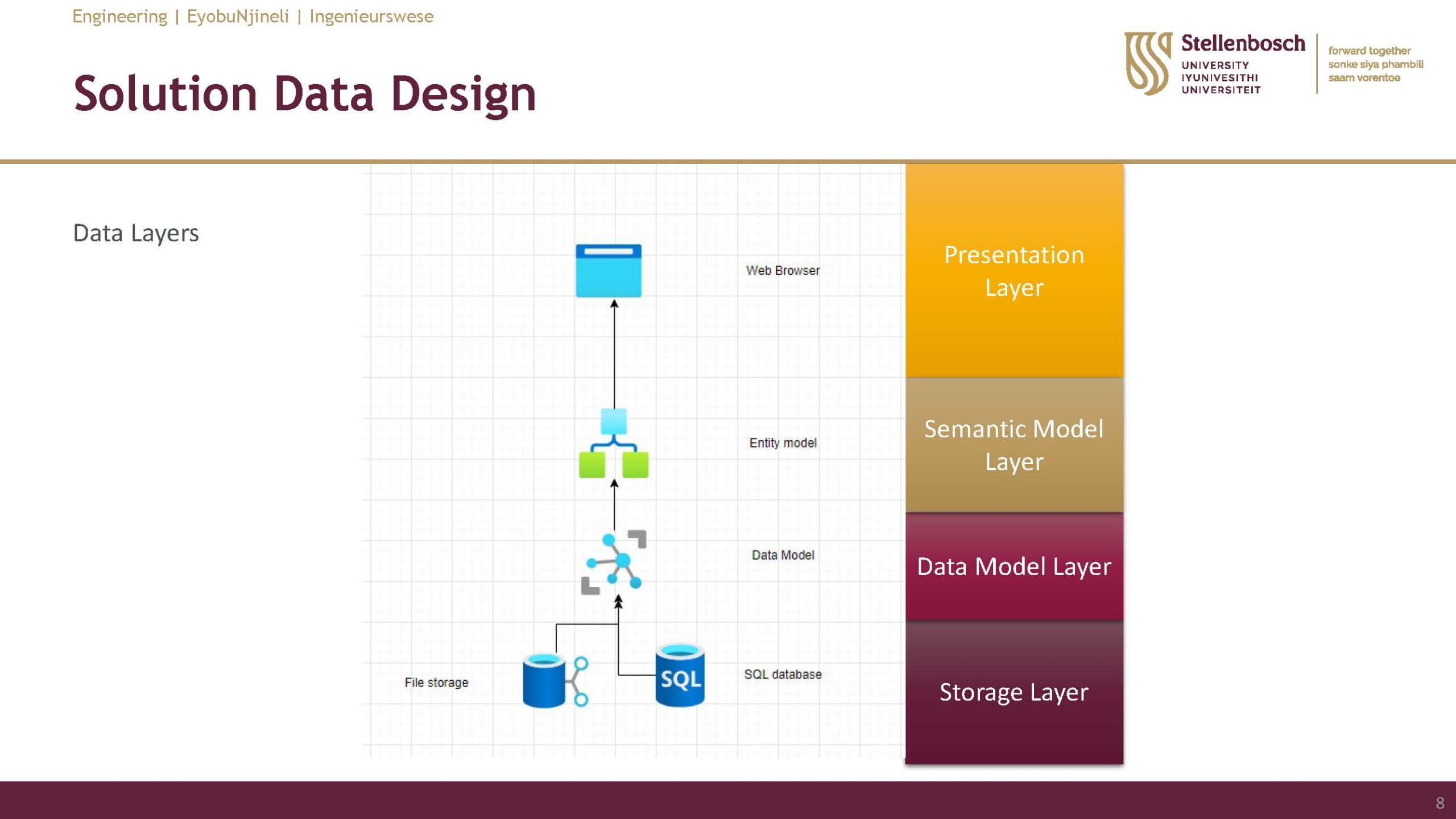
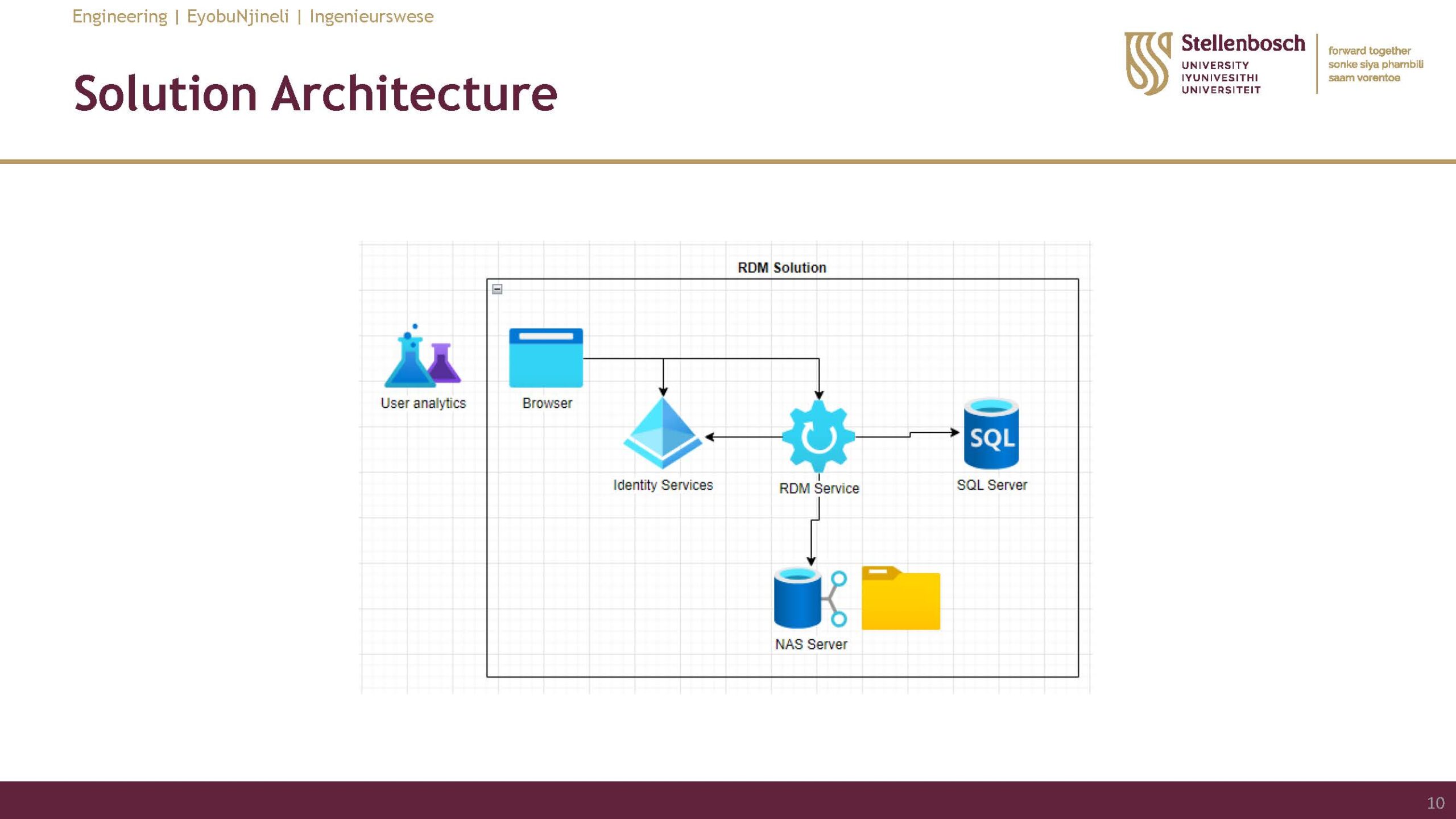
- Bjorn Boyes had everyone listening to his talk ” on how to digitally construct sub-Antarctic Marion Island. (Abstract)
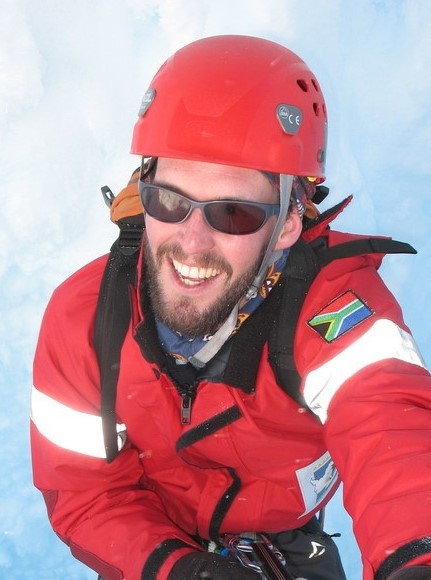
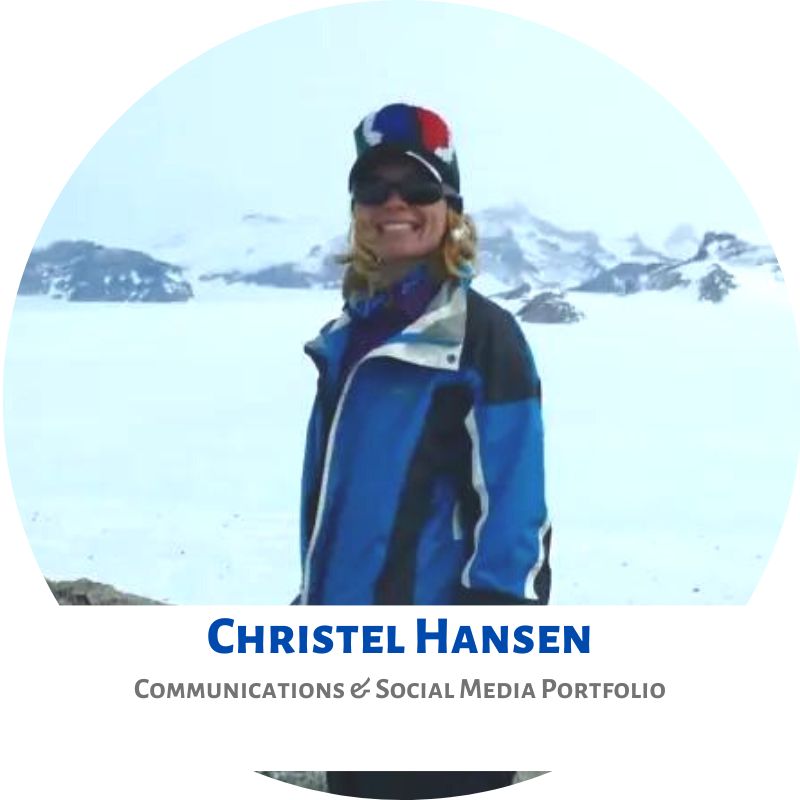
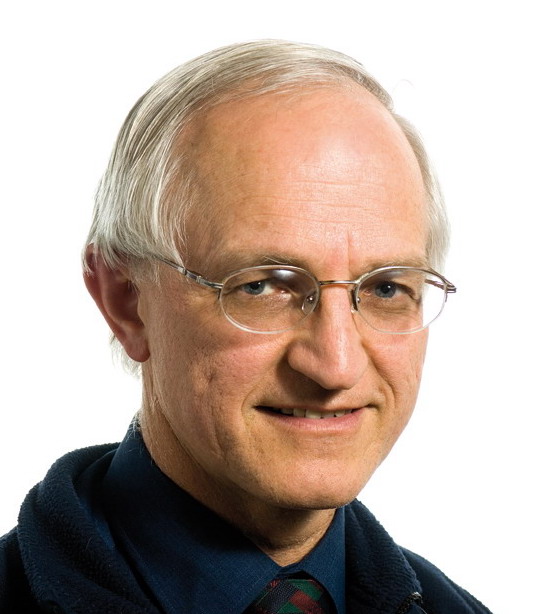
On the 30th November more data presentations was given in an ad hoc session chaired by Christel Hansen. Above(l-r): David Hedding, Christel Hansen, Pierre Cilliers
- David Hedding: A geospatial database for the sub-Antarctic Prince Edward Islands (Abstract) Read more here and see the dataset
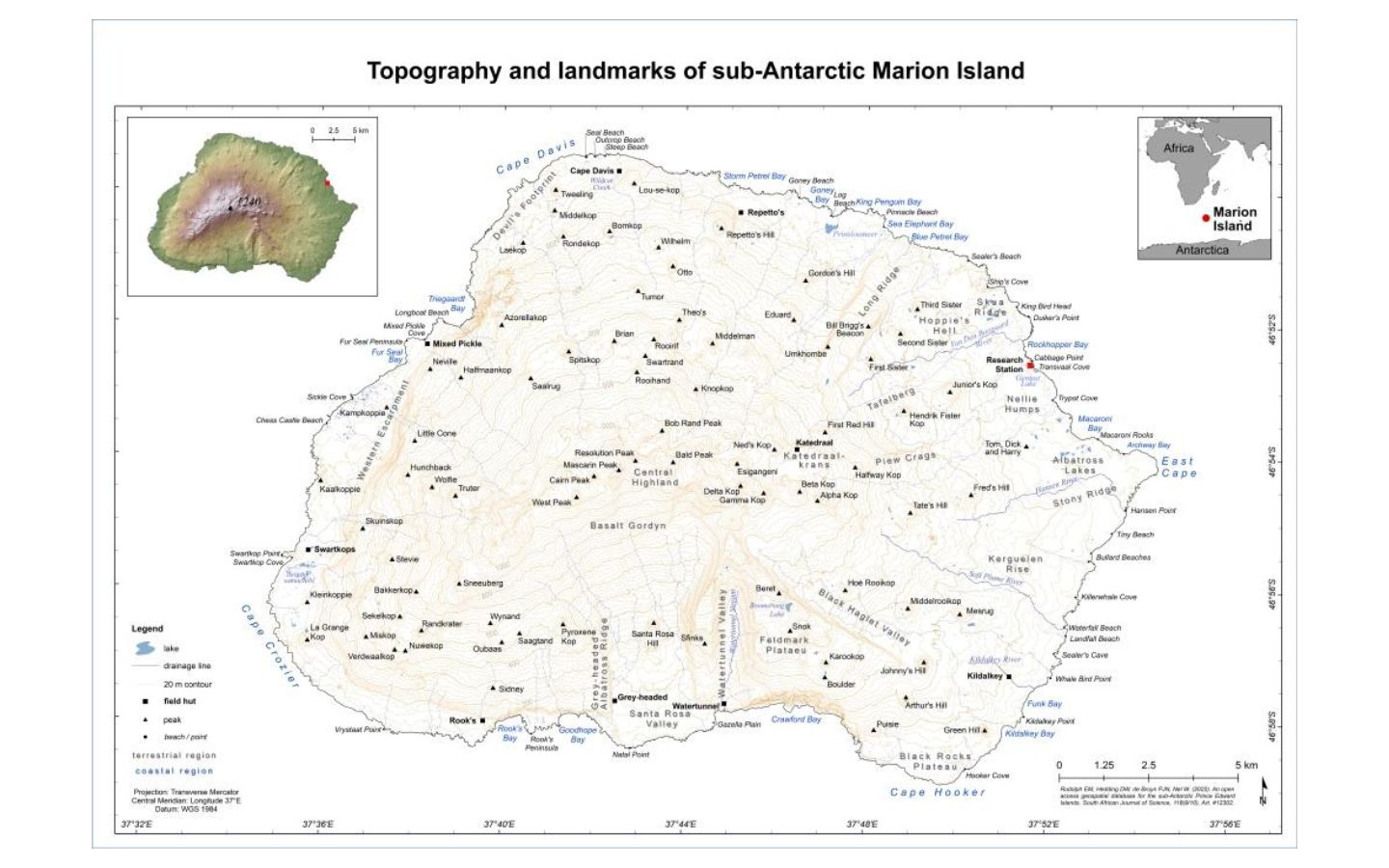 Christel Hansen delivered a presentation on “Consistent mapping and geospatial information representation in the Antarctic and sub-Antarctic: why South Africans should care.” (Abstract)
Christel Hansen delivered a presentation on “Consistent mapping and geospatial information representation in the Antarctic and sub-Antarctic: why South Africans should care.” (Abstract)- During the last research theme session chaired by Stefan Lotz of SANSA, Pierre Cilliers delivered a presentation on ” The long-term variation of the geomagnetic field in Antarctica as measured in Hermanus, Maitri and at SANAE-IV since 2007.” (Abstract)
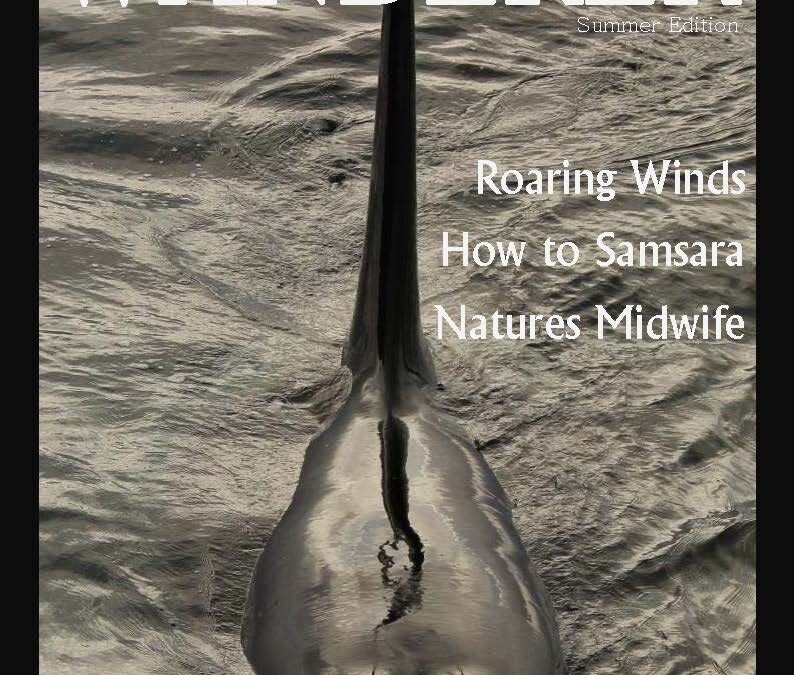
by Ria Olivier | Feb 14, 2024 | Marion Island, Newsletters>Marion Island Newsletters, Overwintering Team, SANAP, Uncategorised
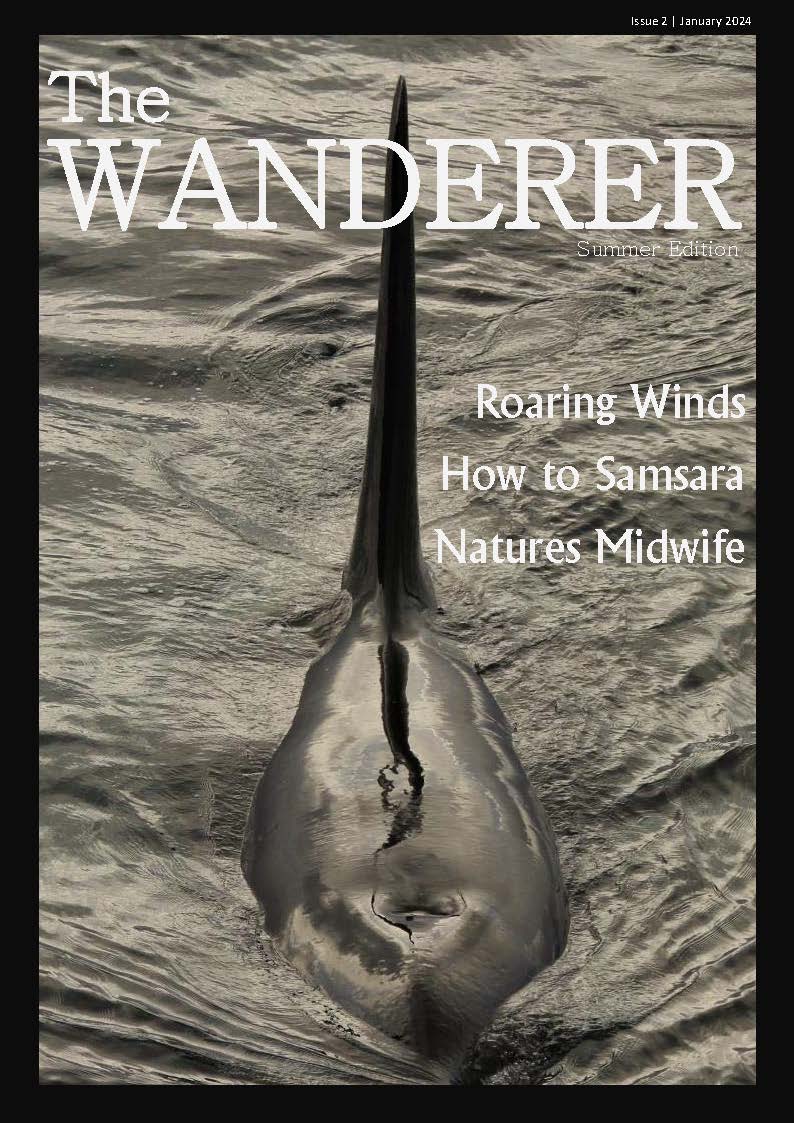 The 2nd issue of The Wanderer by the Marion80 Overwintering team is now available online. It is a bumper issue with 64 pages to read and to enjoy the amazing photo’s taken by the team members.
The 2nd issue of The Wanderer by the Marion80 Overwintering team is now available online. It is a bumper issue with 64 pages to read and to enjoy the amazing photo’s taken by the team members.
Read the editor’s note by Zafar Monier “about the experiences of the people living one of the most extreme lifestyles, unexpected guests, new(born) arrivals, and even some goodbyes” .
Great message by the team leader Sandile Nkebe “Being on Marion Island has taught me to persevere, to be patient and to master the use of “alternatives”.
The Edition includes the visit by the Scientific team to Prince Edward Island.
Click here to Download
In this Issue:
- Clockwise vs Anti-clockwise by Zafar Monier
- Roaring winds by Yinhla Shihlomule
- Ode to the Paddy Counter by Michelle Risi
- How to Samsara by Michelle Risi
- There’s always another one by Zafar Monier
- Natures Midwife by Dylan Seaton
- Whatever Doesn’t Kill You Makes You a Beachmaster by Tammy Eggeling
- Gear Maketh Man by Zafar Monier
- Unexpected Guests by Kelly Mogotsi and Williem Krige
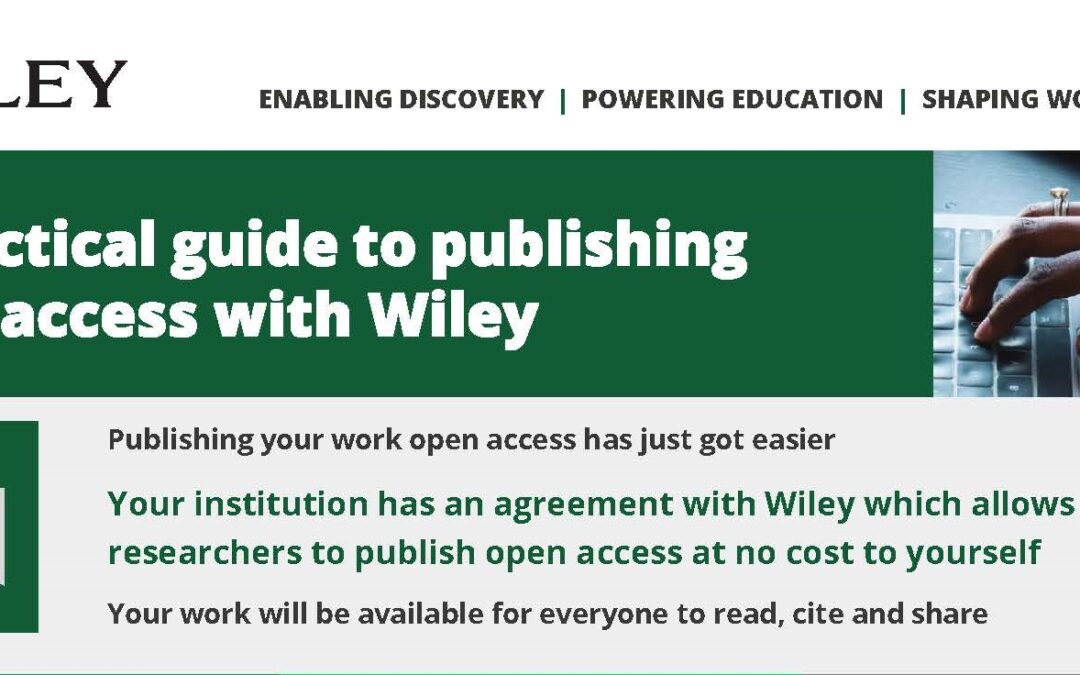
by Ria Olivier | Feb 12, 2024 | Antarctica, Research, SANAP, SAPolarRI, Uncategorised
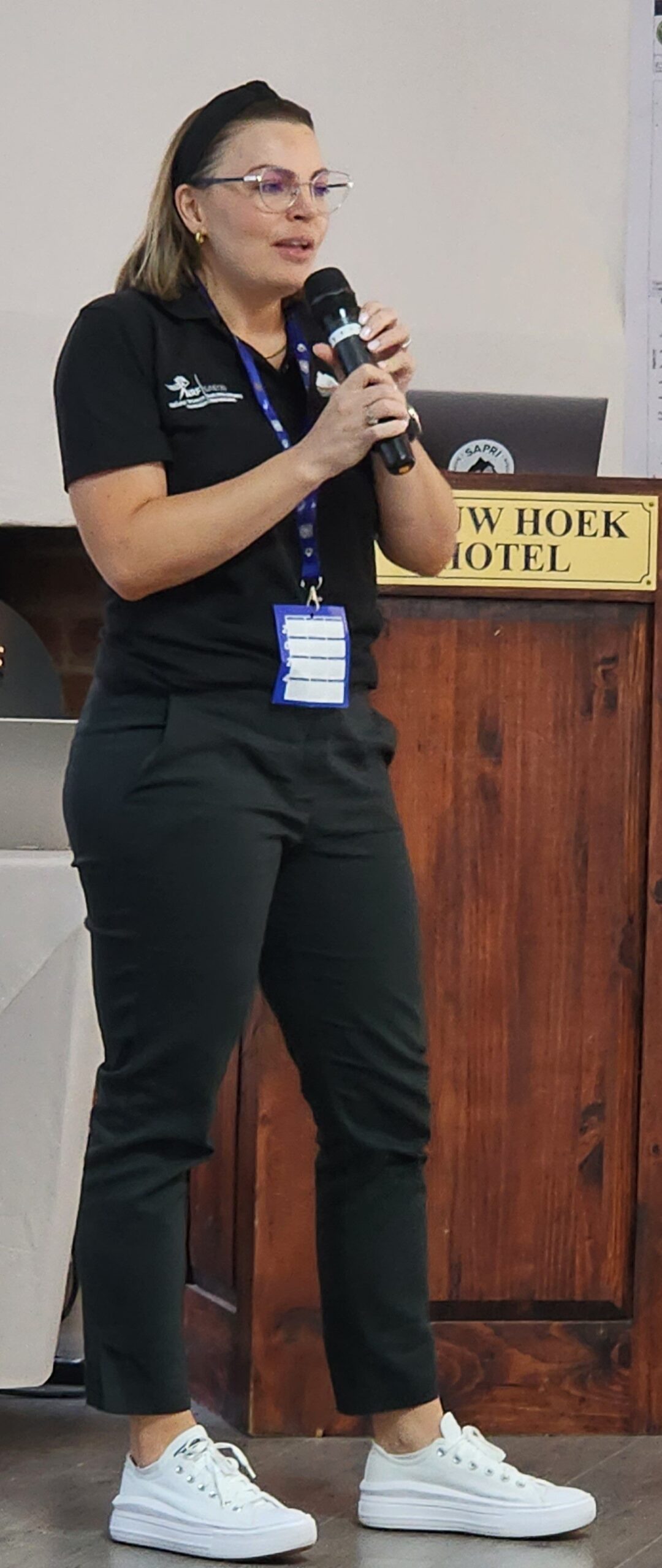 During the 6th Symposium sessions were allocated to cross cutting disciplines and it led to great presentations and discussions.
During the 6th Symposium sessions were allocated to cross cutting disciplines and it led to great presentations and discussions.
Science Engagement and Awareness within SANAP
Anché Louw of the South African Polar Institute and co-investigator of the Antarctic Legacy if South Africa chair the session and begin the session with a presentation on the Antarctic Legacy Internet footprint.
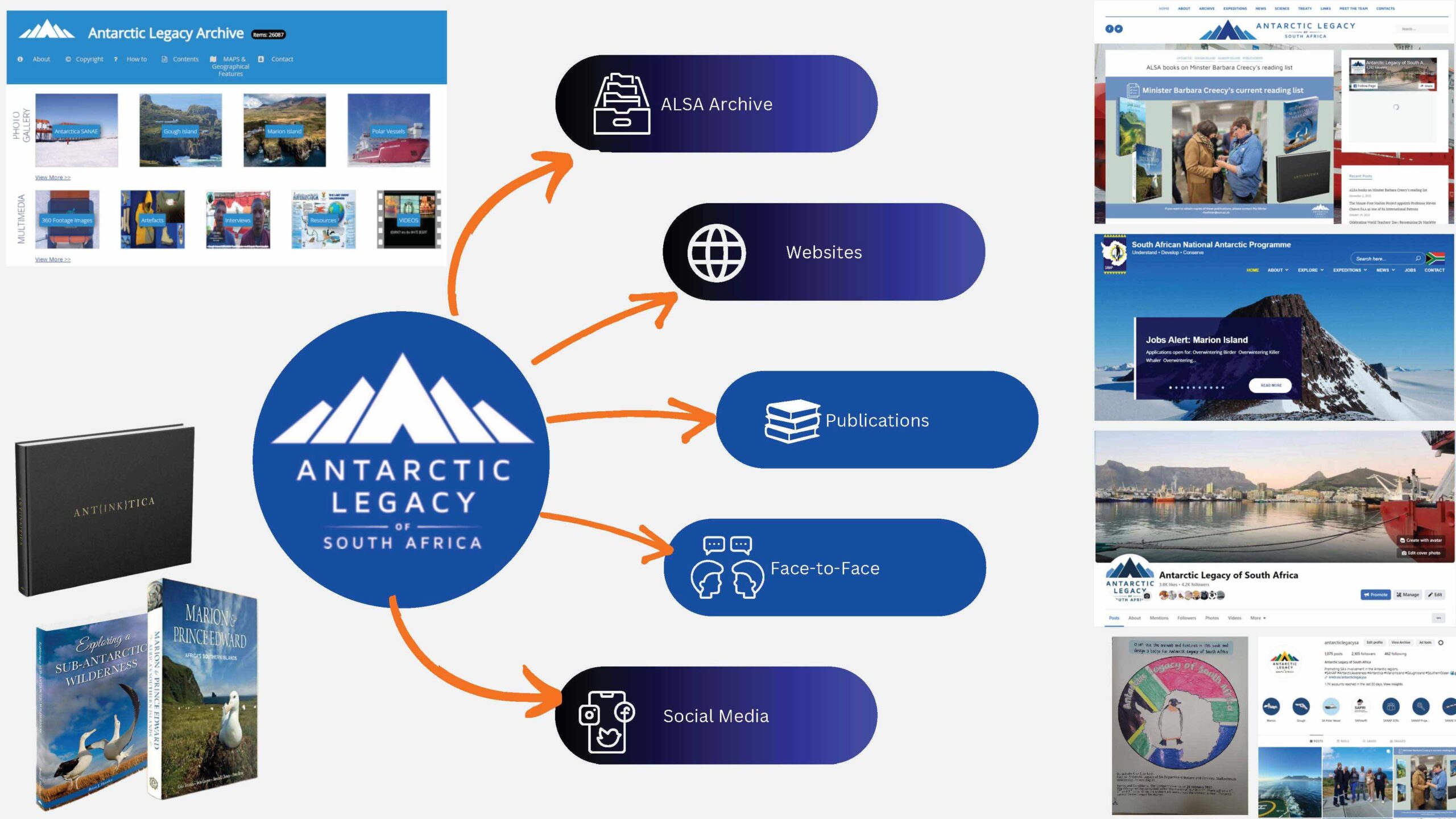 She told her story when she started within the SANAP program as an honors student in Botany. she highlight the importance that as researchers we need to communicate our work and create awareness for the science that we participate in.
She told her story when she started within the SANAP program as an honors student in Botany. she highlight the importance that as researchers we need to communicate our work and create awareness for the science that we participate in.
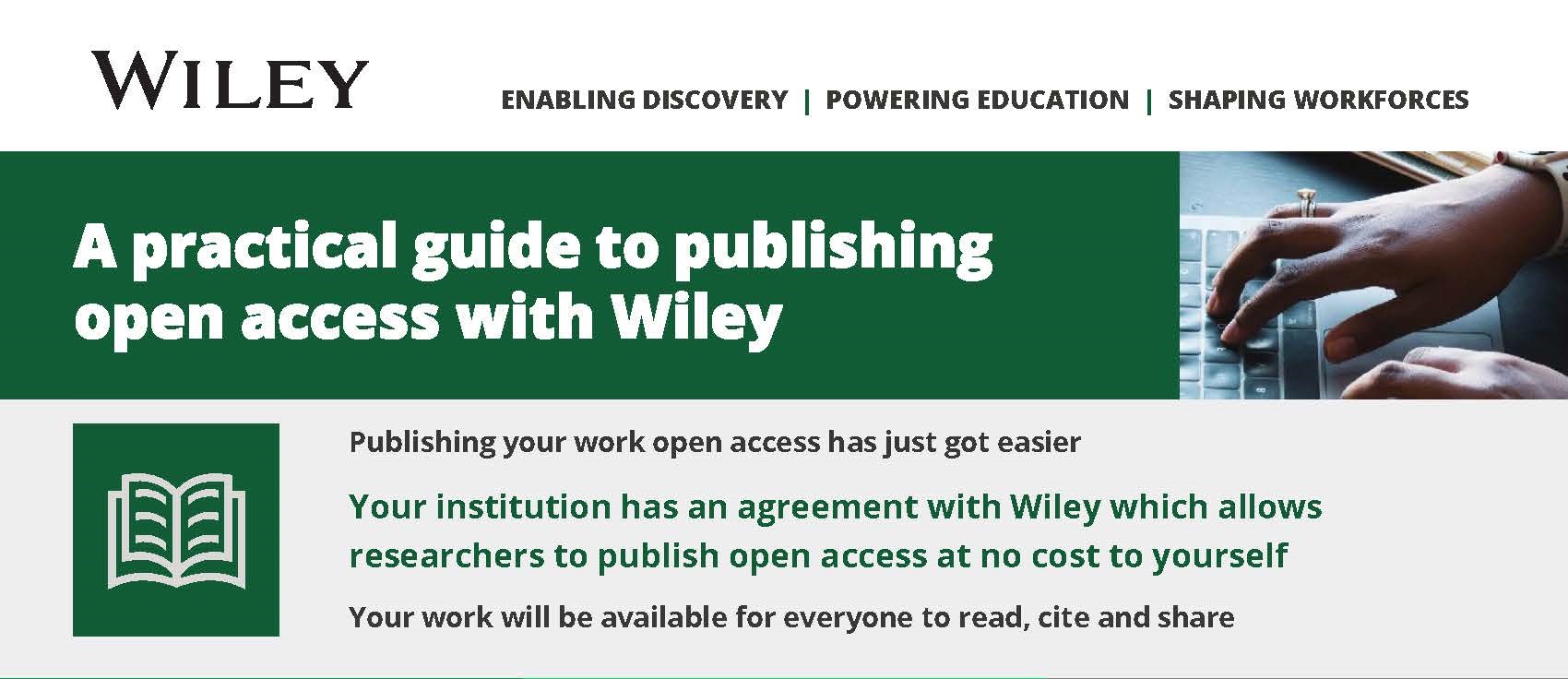 Sarah Fawcett asked Anché to highlight the possibilities of Wiley publishing and due to an agreement researchers can publish in a huge variety of journals at no cost, and those papers will be fully open access. Similar agreements have recently been negotiated with Springer and Elsevier, so there’s really no reason any of us should be paying for publication. A Leaflet was include in the welcoming package of all participants. Dr. Pete Convey also mentioned the possibilities and opportunities within SCAR where researchers can publish.
Sarah Fawcett asked Anché to highlight the possibilities of Wiley publishing and due to an agreement researchers can publish in a huge variety of journals at no cost, and those papers will be fully open access. Similar agreements have recently been negotiated with Springer and Elsevier, so there’s really no reason any of us should be paying for publication. A Leaflet was include in the welcoming package of all participants. Dr. Pete Convey also mentioned the possibilities and opportunities within SCAR where researchers can publish.
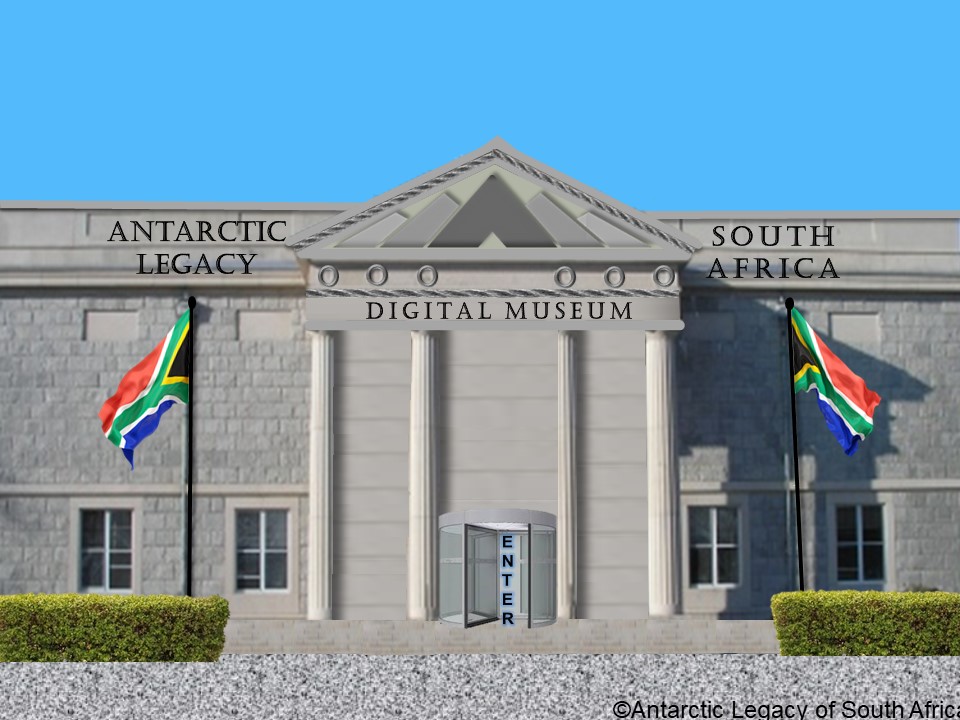
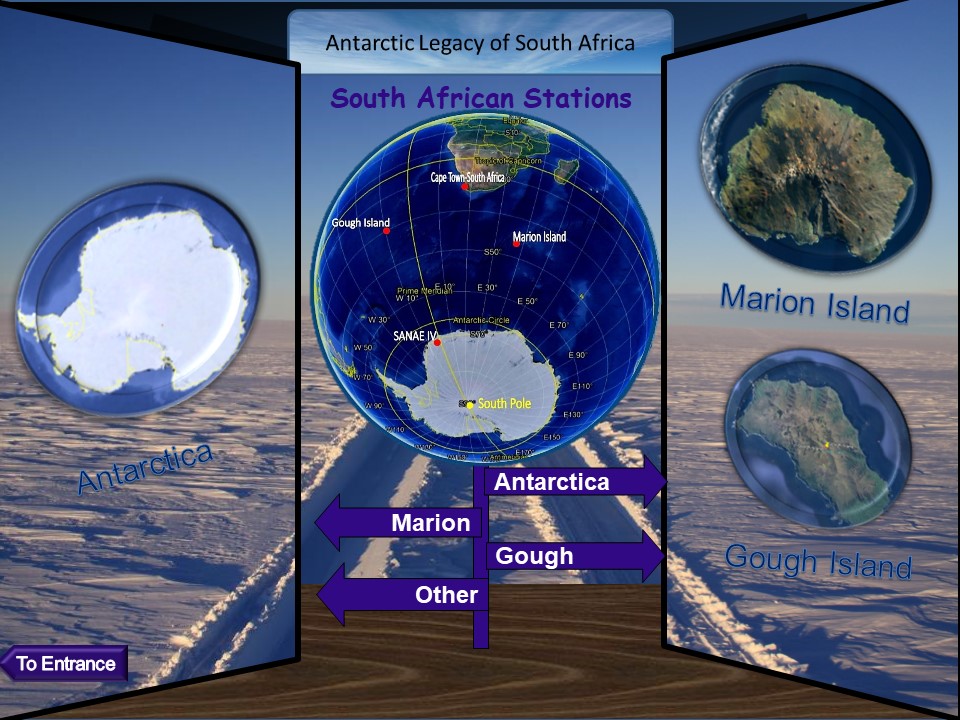
The session included an e-poster by Ria Olivier of the LSA digital museum. The museum can be downloaded from the ALSA archive



 The second session within the Marine and Antarctic Research Strategy research theme : Oceans and marine ecosystems under global change was chaired by Sandy Thomalla and Sarah Nicholson from Southern Ocean Carbon- Climate Observatory (SOCCO). The session title, “The Southern Ocean’s sensitivity to a changing climate: insights from a seasonal cycle approach” were presented through oral presentations and e-posters from SOCCO. (Left Sandy Thomalla, Right Sarah Nicholson, above SOCCO group photo)
The second session within the Marine and Antarctic Research Strategy research theme : Oceans and marine ecosystems under global change was chaired by Sandy Thomalla and Sarah Nicholson from Southern Ocean Carbon- Climate Observatory (SOCCO). The session title, “The Southern Ocean’s sensitivity to a changing climate: insights from a seasonal cycle approach” were presented through oral presentations and e-posters from SOCCO. (Left Sandy Thomalla, Right Sarah Nicholson, above SOCCO group photo) Above (l-r): Tesha Toolsee, Tommy Ryan-Keogh, Thapelo Ramalepe, Thato Mtshali.
Above (l-r): Tesha Toolsee, Tommy Ryan-Keogh, Thapelo Ramalepe, Thato Mtshali. Above(l-r): Sifiso Mpapane, Miranda Sitofile, Lillina Ruiters
Above(l-r): Sifiso Mpapane, Miranda Sitofile, Lillina Ruiters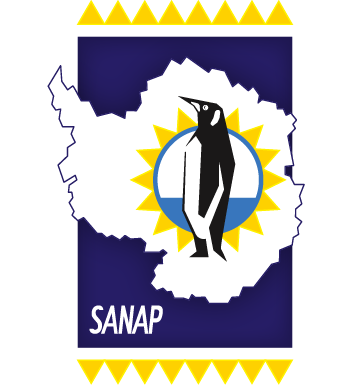


 Prof Bettine Jansen van Vuuren (left) chaired the session of Ecosystems, Biodiversity and Biodiscovery with the first plenary talk of the symposium by Peter Convey(right) of the British Antarctic Survey ” Terrestrial biological invasions and their potential impacts in the maritime Antarctic”. (
Prof Bettine Jansen van Vuuren (left) chaired the session of Ecosystems, Biodiversity and Biodiscovery with the first plenary talk of the symposium by Peter Convey(right) of the British Antarctic Survey ” Terrestrial biological invasions and their potential impacts in the maritime Antarctic”. ( Bettine gave an overview of research that included research done by Daniela and Shilpha as they could not attend as they were on Marion Island. Foregrounding geodiversity in landscape ecology studies: insights from the sub-Antarctic – Daniela Monsanto (
Bettine gave an overview of research that included research done by Daniela and Shilpha as they could not attend as they were on Marion Island. Foregrounding geodiversity in landscape ecology studies: insights from the sub-Antarctic – Daniela Monsanto ( Daniela Monsanto, Shilpa Parbhu, Sandra Durand, Arsalan Emami-Khoyi, Peter Teske, David Hedding
Daniela Monsanto, Shilpa Parbhu, Sandra Durand, Arsalan Emami-Khoyi, Peter Teske, David Hedding Morgan Raath-Kruger(left) and student of Peter le Roux at University of Pretoria gave an oral presentation and an introduction to her poster.
Morgan Raath-Kruger(left) and student of Peter le Roux at University of Pretoria gave an oral presentation and an introduction to her poster. Another abstract submitted but Carol Jacobs(right) could not present is on the biosecurity within the South African National Antarctic Programme. (Abstract)
Another abstract submitted but Carol Jacobs(right) could not present is on the biosecurity within the South African National Antarctic Programme. (Abstract)
 MARIS started the first session on Southern Ocean research within SANAP with focus on SEA ICE. Above: Rutger Marquart, Magata Mangatane, Dylan White, Anand Nair, Wayne de Jager, Leila Nefdt, Safiyyah Moos, Tokoloho Rampai, Marcello Vichi, Robyn Verrinder, Hayley Swait, Riesna Audh, James van Niekerk. (Photo Credit: MARIS)
MARIS started the first session on Southern Ocean research within SANAP with focus on SEA ICE. Above: Rutger Marquart, Magata Mangatane, Dylan White, Anand Nair, Wayne de Jager, Leila Nefdt, Safiyyah Moos, Tokoloho Rampai, Marcello Vichi, Robyn Verrinder, Hayley Swait, Riesna Audh, James van Niekerk. (Photo Credit: MARIS)

 Oral presentations:
Oral presentations: Poster Presentations were displayed in the venue during the symposium and presenters gave a quick introduction to their posters during the round-table session.
Poster Presentations were displayed in the venue during the symposium and presenters gave a quick introduction to their posters during the round-table session.


 During the 6th Symposium sessions were allocated to cross cutting disciplines and it led to great presentations and discussions. 12- 16 February is
During the 6th Symposium sessions were allocated to cross cutting disciplines and it led to great presentations and discussions. 12- 16 February is  Anne Treasure(right) South Africa’s representative at Standing Committee on Data Management(SCADM) at SCAR and Data Products and Society Manager of the South African Polar Institute(SAPRI) chaired the main session on data management. This session included very interesting presentations from various science disciplines.
Anne Treasure(right) South Africa’s representative at Standing Committee on Data Management(SCADM) at SCAR and Data Products and Society Manager of the South African Polar Institute(SAPRI) chaired the main session on data management. This session included very interesting presentations from various science disciplines.







 Christel Hansen
Christel Hansen
 The 2nd issue of The Wanderer by the Marion80 Overwintering team is now available online. It is a bumper issue with 64 pages to read and to enjoy the amazing photo’s taken by the team members.
The 2nd issue of The Wanderer by the Marion80 Overwintering team is now available online. It is a bumper issue with 64 pages to read and to enjoy the amazing photo’s taken by the team members.
 During the 6th Symposium sessions were allocated to cross cutting disciplines and it led to great presentations and discussions.
During the 6th Symposium sessions were allocated to cross cutting disciplines and it led to great presentations and discussions.  She told her story when she started within the SANAP program as an honors student in Botany. she highlight the importance that as researchers we need to communicate our work and create awareness for the science that we participate in.
She told her story when she started within the SANAP program as an honors student in Botany. she highlight the importance that as researchers we need to communicate our work and create awareness for the science that we participate in. Sarah Fawcett asked Anché to highlight the possibilities of
Sarah Fawcett asked Anché to highlight the possibilities of 


